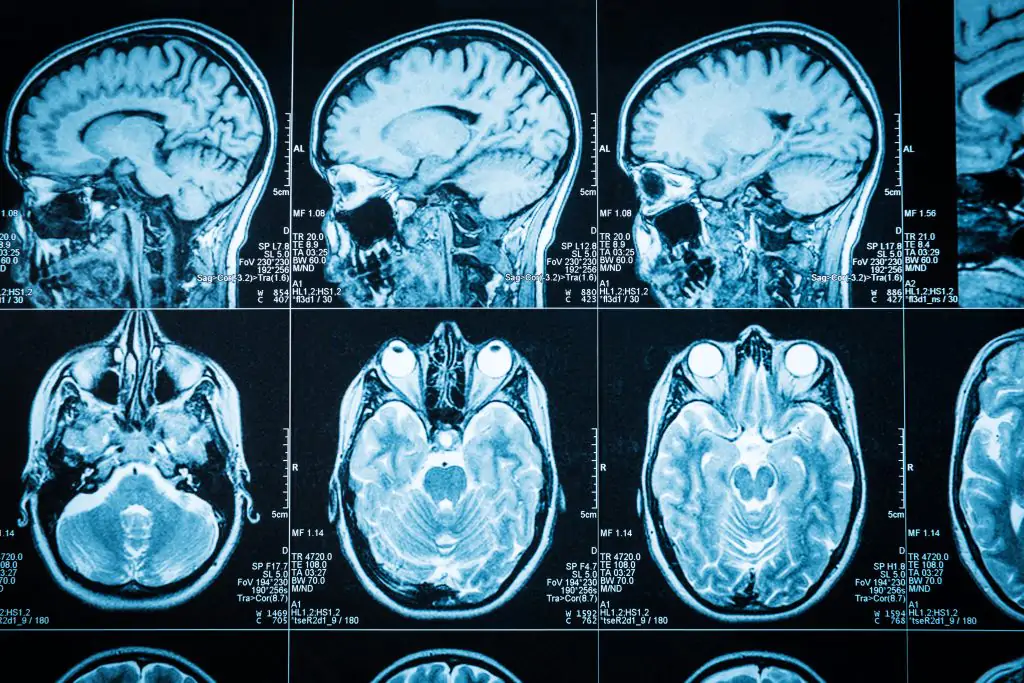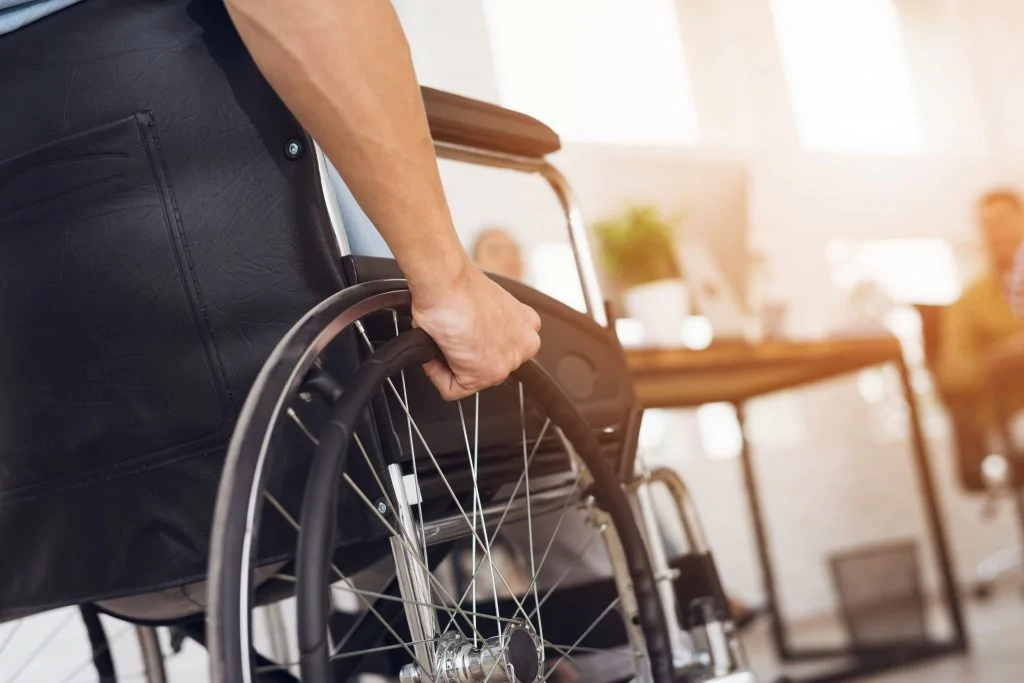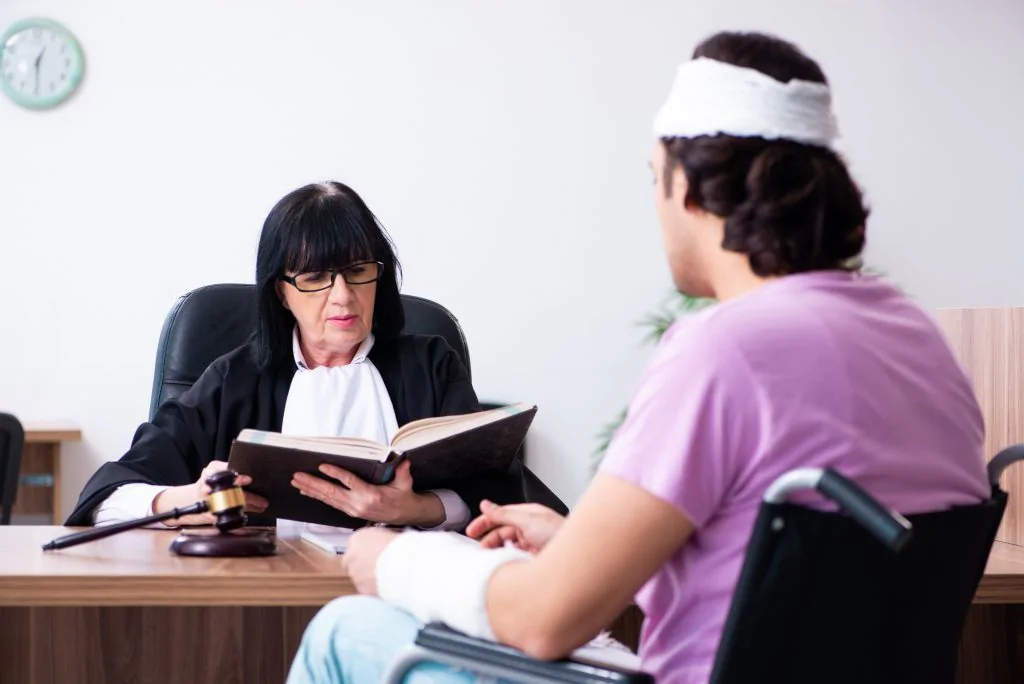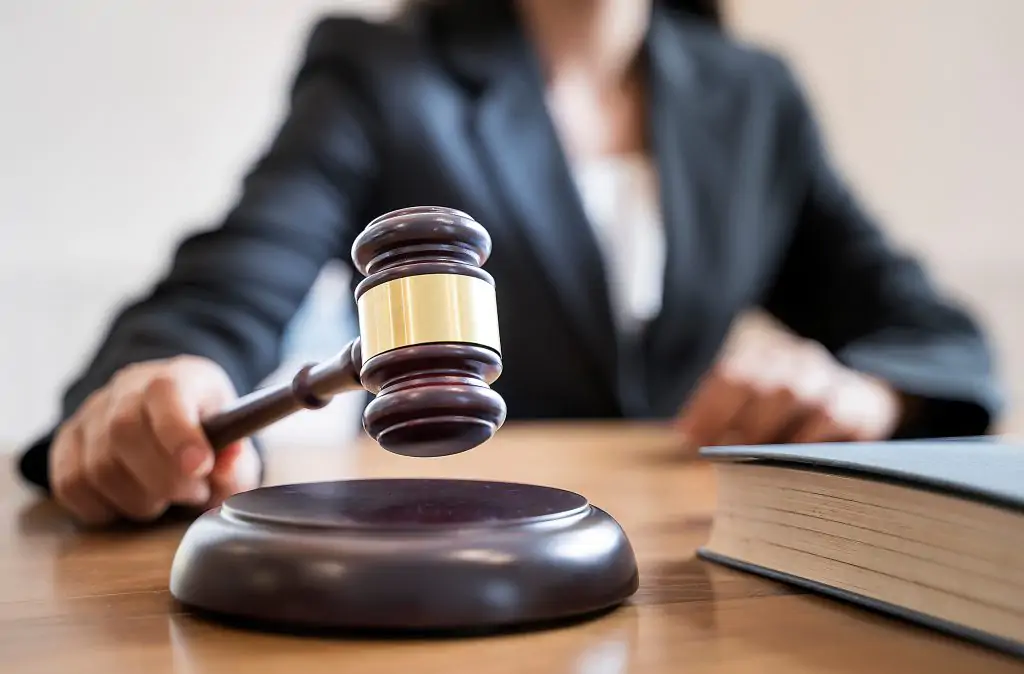Brain Injury Lawyers & Compensation
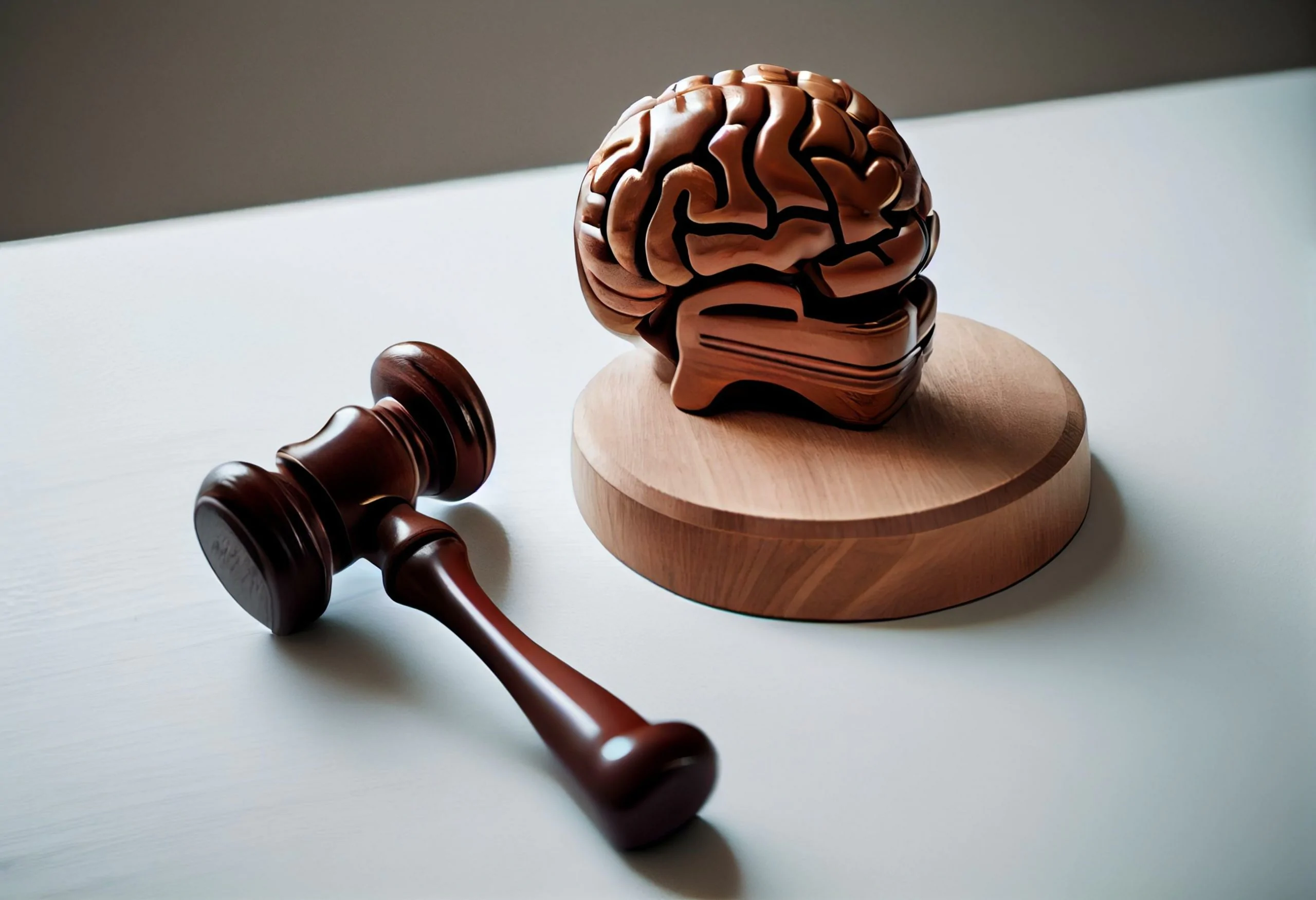
Brain injury lawyers represent victims who sustain head injuries in accidents caused by another’s negligence. They fight to ensure clients receive fair compensation through an injury lawsuit settlement that covers all injury-related damages including medical expenses, lost wages, pain, and suffering.
The brain injury lawyers at Sobo & Sobo offer free consultations to residents across New York, New Jersey and Chicago, IL. Victims can call 855-468-7626, or reach out online to connect with the best head injury attorney for their case.
Common Brain Injury Lawsuits
Some of the most common types of brain injury accidents that victims seek legal compensation for include:
Concussions (Mild Traumatic Brain Injuries)
Concussions are the most common type of TBI. They occur when the head is struck by or against a strong force, causing damage as the brain is forced to slide and collide with the inside of the skull.
Contusiones cerebrales
A brain contusion is a specific type of TBI that occurs when an outside force (commonly from car accidents) directly impacts the head and damages brain tissue. Contusions can also sometimes occur when the brain bleeds and forms a bruise. Contusion injuries can lead to brain herniation (when a part of the brain squeezes past the skull), or intracranial pressure¸ which if left untreated can lead to death.
Coup-Contrecoup
These brain injuries occur when an object impacts the brain and affects the site of the injury and the opposing side of the brain. Also common in car accidents, these injuries involve the exterior of the skull striking another object. Then, the force of the blow causes the brain to collide with the interior of the skull, possibly resulting in two brain injuries.
Lesión axonal difusa (DAI)
In these types of TBI accidents, violent forces act on the skull, forcing brain tissue to slide back and forth until the connecting fibers (axons) tear. This disrupts the messages that neurons send, resulting in loss of function.
Paralysis
Spinal cord injuries are incredibly costly and may be painful in addition to paralyzing. In addition to paralysis, brain injuries can lead to other complications or conditions, including mental disorders, chronic pain and discomfort, and more.
Hematoma y hemorragia intracraneal
A hematoma is a collection of blood caused by a break in blood vessel walls. Hemorrhages occur when blood leaks from the vessel wall. Sudden blows to the head can cause the brain to slide against the skull and bruise. The rupture of blood vessels between the skull and brain is known as an intracranial hematoma.
Estado vegetativo o muerte cerebral
- Coma: a person in a coma is unconscious and unable to respond to stimulus. This results from widespread damage to every part of the brain. Patients may emerge from a coma after a few days to a few weeks or enter a vegetative state.
- Vegetative state: widespread damage to the brain can result in a vegetative state. The person is unaware of their surroundings but may open his or her eyes, make sounds, respond to reflexes or more. Sometimes vegetative states become permanent.
- Brain death: when there is no measurable activity in the brain. In a person who has been declared brain dead, technology is depended on to keep the body alive. Brain death is considered irreversible.
Examples of Negligence Involved in Head Injury Accidents
Algunos accidentes que pueden provocar muerte cerebral y reclamaciones legales son:
- Motor vehicle accidents: when another driver fails to comply with traffic laws, and causes an accident that results in a TBI, they will be considered negligent and liable for the victim’s compensation. Head-on collisions are the leading types of car accidents that cause traumatic brain injuries.
- Falls: Owners of all types of premises including stores, apartment complexes, and workplaces are responsible for ensuring their property is cleared of all hazards that may result in injury. Hazards include slippery floors, hazardous objects, improper safety features on stairwells, and misplaced objects that one can trip over.
- Pedestrian and cyclist accidents: Pedestrians and cyclists who are hit by a motor vehicle commonly experience concussions at the very least, and traumatic brain injuries in severe cases. Collisions often result with being hit with both a car, hard ground, and debris in cases where more than one vehicle is involved.
- Violent assaults: All victims of assault are owed compensation for all injury-related damages. Assault of any kind is illegal, and so the criminal will be automatically seen as negligent in the eyes of the law, unless their actions were clearly in self defense.
Brain Injury Settlements
The more severe a traumatic brain injury is, the more compensation can be expected in a personal injury settlement.
Doctors typically classify TBIs using a tool called the Glasgow Coma Scale (GCS). The GCS has a point system that measures various functions such as eye-opening and verbal responses. A higher number scored indicates a higher level of function, meaning the injury is less severe. The scale consists of 15 points. The four possible severity levels are:
- LCT leve: 13-15 puntos
- Moderado: 9-12 puntos
- Grave: 4-8 puntos
- Estado Vegetativo Persistente: 3 puntos o menos
Damages Covered by Brain Injury Settlements
Cuanto más grave es la lesión cerebral, más tiempo se tarda en recuperarse. Incluso en los casos graves, la recuperación es casi siempre una posibilidad. Aparte de las categorías anteriores, existen otros criterios que los profesionales médicos utilizan para diagnosticar las lesiones cerebrales.
Experienced TBI attorneys help victims receive compensation for:
- Gastos médicos pasados y futuros
- Costs for physical therapy
- Pain and suffering damages
- Compensation for lost income
- Indemnización por salarios futuros perdidos en caso de incapacidad permanente
Injury lawyers can help injured cyclists make the strongest possible case. Their legal assistance can ensure victims get all the damages they need to recover.
Symptoms of Traumatic Brain Injuries
If you or your loved one has been in an accident, it’s important to watch for the following symptoms of a concussion or other brain injury:
- Mareos
- Excessive sleepiness
- Forgetfulness
- Problems with vision
- Difficulty concentrating
- Mood swings and irritability
- Headaches and pain
- Changes in personality
Contact a Brain Injury Attorney in NY, NJ or Chicago, IL
If you or someone you know suffered a traumatic brain injury after an accident caused by another’s negligence, contact the brain injury attorneys at Sobo & Sobo online for a free consultation, or call 855-GOT-SOBO. They have over 50 years of experience helping victims with brain injuries win settlements across New York, New Jersey and Chicago.
National Brain Injury Statistics
Despite the fact that many TBIs and related complications initially go undetected, CDC data suggest that they represent a significant public health issue in the United States. Each year, an average of:
- 52.000 personas mueren anualmente por una LCT
- 275.000 personas son hospitalizadas, y
- 1.365.000 (80%) de las víctimas de traumatismos craneoencefálicos son tratadas y dadas de alta tras una visita a urgencias
- Las caídas son la principal causa de las visitas a urgencias relacionadas con traumatismos craneoencefálicos, y representan casi la mitad (48%) de todas las visitas a urgencias.
- Las caídas afectan de forma desproporcionada a niños y ancianos:
- Casi la mitad de las urgencias por traumatismo craneoencefálico en niños de 0 a 17 años se deben a caídas
- El 80% de las visitas a urgencias por traumatismo craneoencefálico fueron causadas por caídas
- Ser golpeado por o contra un objeto es la segunda causa principal de todas las visitas a urgencias relacionadas con LCT, con un 17%.
- 1 de cada 4 visitas a urgencias relacionadas con traumatismos craneoencefálicos de niños menores de 17 años se debió a un golpe contra un objeto.
- Las caídas (52%) y los accidentes de tráfico (20%) son la primera y segunda causa de todas las hospitalizaciones relacionadas con traumatismos craneoencefálicos extensos (incluidas las visitas no relacionadas con traumatismos craneoencefálicos).
